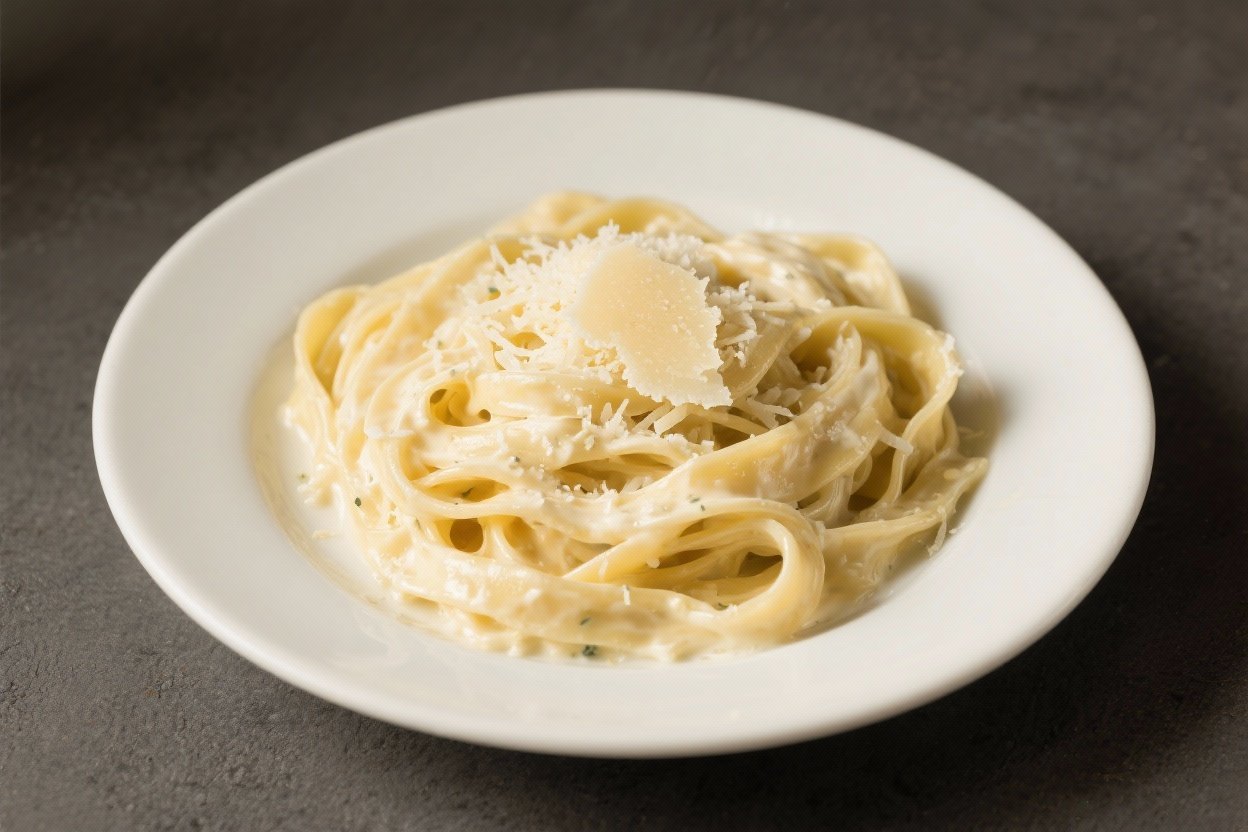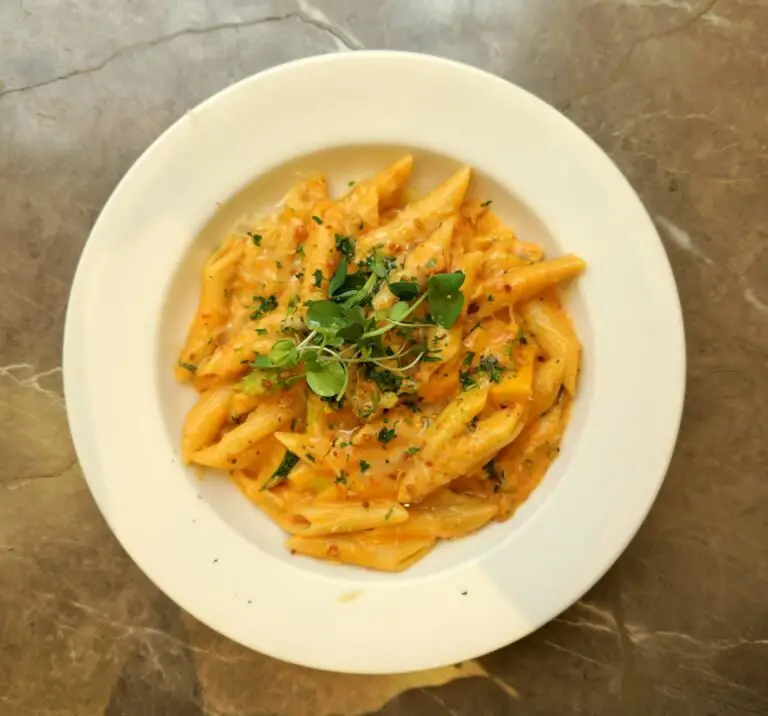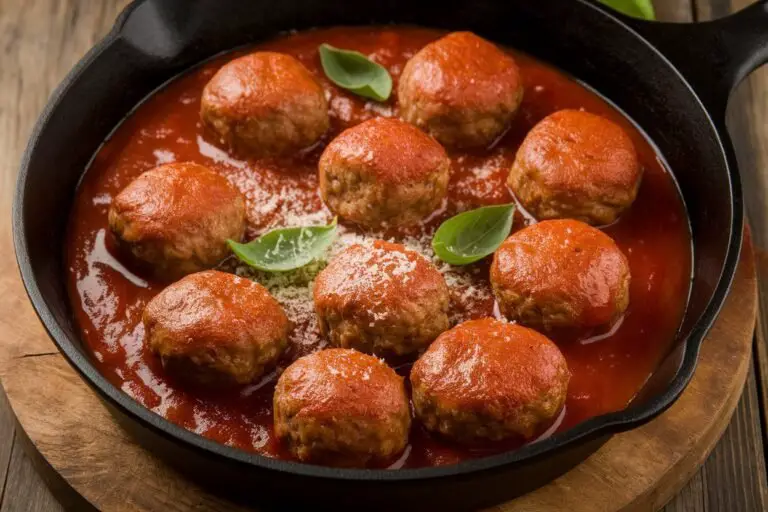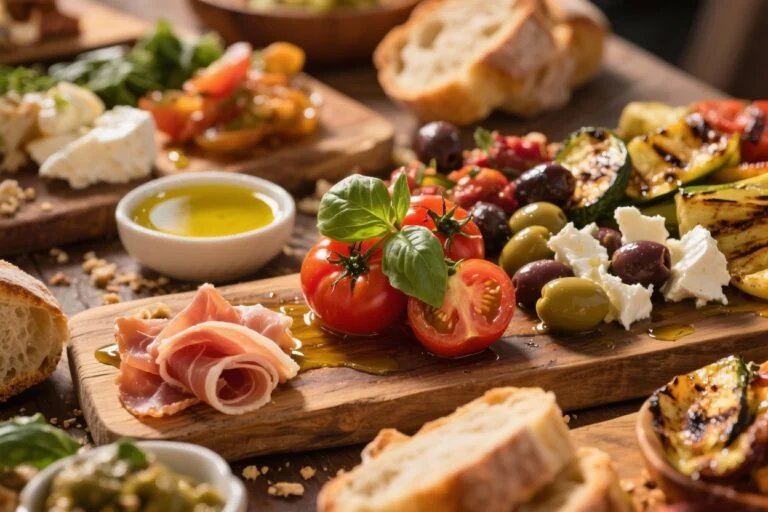Creamy Fettuccine Alfredo with Fresh Parmesan – Classic Comfort Made Simple
Few dishes feel as cozy and satisfying as a bowl of fettuccine alfredo. It’s creamy, silky, and full of rich flavor, yet it’s surprisingly easy to pull off at home. With just a handful of ingredients, you can create a restaurant-style meal in under 30 minutes.
This version leans on fresh Parmesan and good butter for depth, and a touch of cream for extra smoothness. It’s simple food done right—and that’s what makes it special.
What Makes This Special
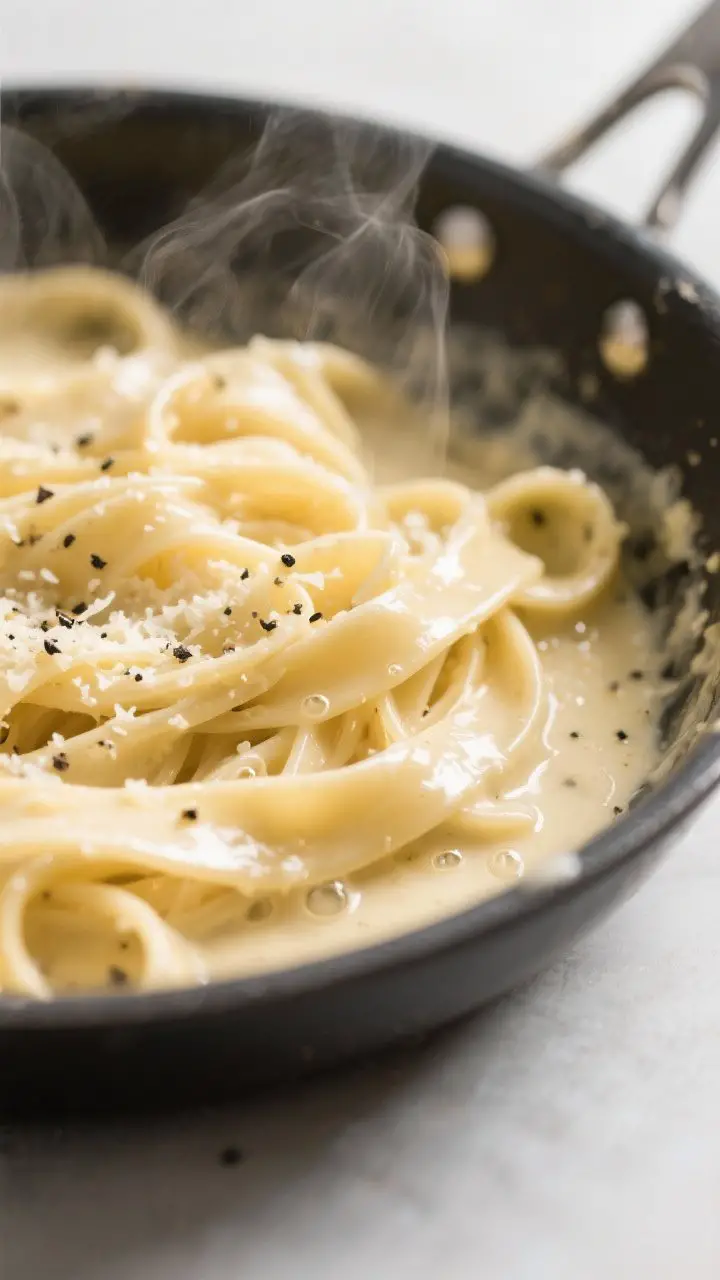
At its heart, alfredo is all about the balance of fat, salt, and heat. This recipe uses freshly grated Parmesan, which melts more smoothly and tastes brighter than pre-shredded cheese.
📖 Get Access to 50+ Printable Smoothie Recipes Instantly! 🖨️
Boost your health with delicious smoothies! These easy-to-follow printable recipe eBooks are perfect for detoxing, fitness goals, and tasty plant-based living. Available for instant download on Etsy! 🌿✨
A splash of starchy pasta water helps the sauce cling perfectly to every strand. And while some versions skip cream, a little cream here makes the sauce stable, lush, and forgiving. It’s a no-fuss approach that delivers a silky finish every time.
Shopping List
- Fettuccine (12 ounces, dried)
- Unsalted butter (6 tablespoons)
- Heavy cream (3/4 cup)
- Freshly grated Parmesan cheese (1 1/2 cups, finely grated)
- Garlic (1 small clove, finely minced or grated) – optional
- Kosher salt
- Freshly ground black pepper
- Fresh parsley (a small handful, chopped) – optional for garnish
- Lemon zest (from 1/2 lemon) – optional for brightness
Step-by-Step Instructions

- Boil the pasta. Bring a large pot of salted water to a rolling boil.
Add the fettuccine and cook until just shy of al dente. Reserve about 1 cup of the pasta water before draining.
- Warm the sauce base. In a wide skillet over low heat, melt the butter. If using garlic, add it now and cook for 30–45 seconds until fragrant but not browned.
- Add the cream. Pour in the heavy cream and whisk to combine.
Bring to a gentle simmer, then reduce heat to low. You want small bubbles, not a rapid boil.
- Season the base. Add a pinch of salt and a few grinds of black pepper. Keep the seasoning light now; you’ll adjust after adding the cheese.
- Combine pasta and sauce. Add the drained fettuccine to the skillet.
Toss to coat, adding a splash of the reserved pasta water to loosen the sauce if needed.
- Incorporate the cheese off heat. Remove the skillet from the heat. Sprinkle in the Parmesan a handful at a time, tossing and stirring constantly to melt it into a smooth sauce. Add more pasta water as needed for a glossy, silky texture.
- Adjust and finish. Taste and add more salt and pepper if needed.
If you like, add a pinch of lemon zest for brightness and a sprinkle of chopped parsley.
- Serve immediately. Alfredo shines when it’s hot and fresh. Plate it up and finish with a light dusting of Parmesan.
Keeping It Fresh
This dish doesn’t love sitting around. The sauce thickens as it cools, and reheating can make it separate.
If you need to hold it for a few minutes, keep the skillet on the lowest heat and add small splashes of hot pasta water to keep it smooth.
For leftovers, store in an airtight container for up to 2 days. Reheat gently on the stovetop over low heat with a bit of cream or milk and a spoonful of water, stirring constantly until it loosens. Avoid the microwave if you can; it heats unevenly and can break the sauce.
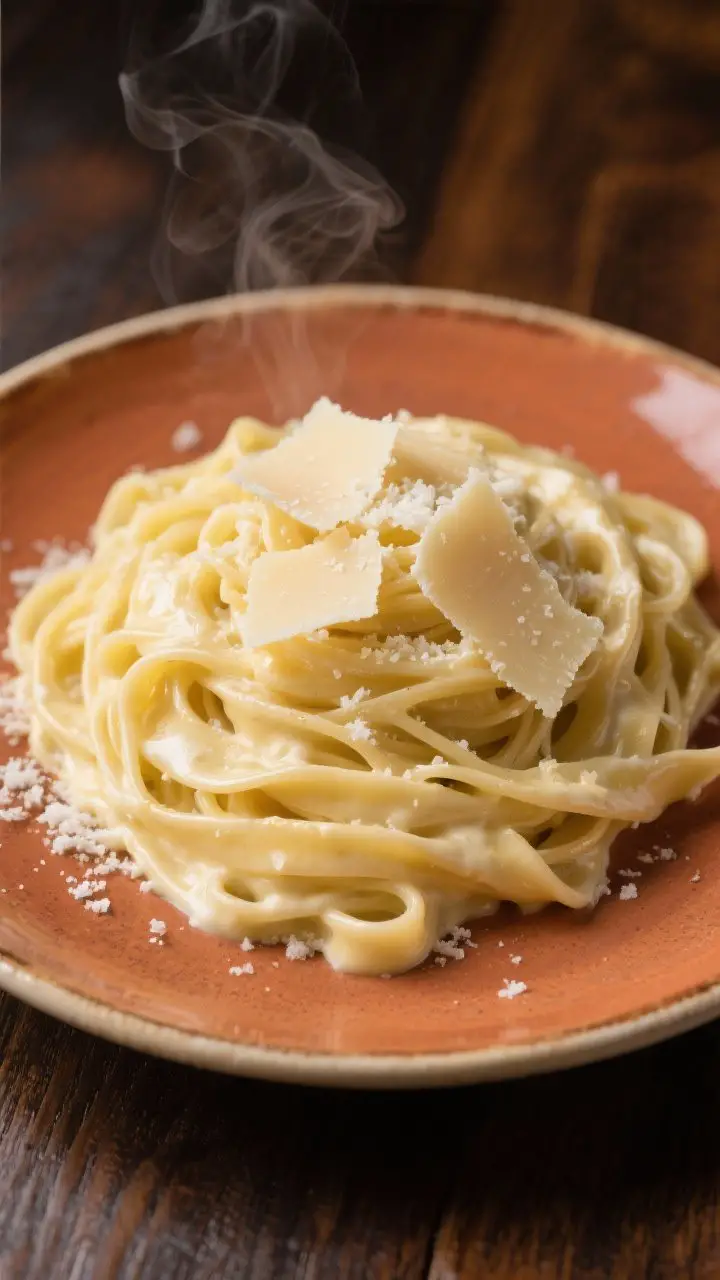
Why This is Good for You
While alfredo is definitely a comfort dish, it has real advantages when made with quality ingredients. Parmesan brings protein, calcium, and umami that satisfies without needing heavy seasoning. Butter and cream provide richness, meaning smaller portions feel more satisfying.
And when you serve it with a side salad or steamed vegetables, you get balance and fiber.
If you want to lighten it up a bit, try using part-skim milk and a touch of cream, or swap half the fettuccine for zucchini ribbons. It’s all about finding the version that works for your lifestyle while keeping the soul of the dish intact.
Common Mistakes to Avoid
- Using pre-shredded Parmesan. It often contains anti-caking agents that prevent smooth melting. Freshly grate your cheese for the best texture.
- Overheating the sauce. High heat can cause the cheese to clump and the sauce to break.
Keep it low and steady.
- Skipping the pasta water. That starchy liquid is your friend. It helps the sauce emulsify and coat the pasta beautifully.
- Adding cheese over high heat. Always remove the pan from the heat before sprinkling in the Parmesan. Stir constantly for a silky finish.
- Overcooking the pasta. Slightly under al dente is ideal, since it will finish cooking in the sauce.
Recipe Variations
- Classic Roman-Style: Skip the cream and garlic.
Use butter, a splash of pasta water, and plenty of Parmesan. Stir vigorously off heat until creamy.
- Chicken Alfredo: Sear thinly sliced chicken breast in butter and olive oil, season well, and fold into the finished pasta.
- Shrimp Alfredo: Sauté shrimp with salt, pepper, and a squeeze of lemon. Add at the end to keep them tender.
- Mushroom Alfredo: Brown sliced cremini or shiitake mushrooms in butter until deeply caramelized, then fold into the sauce.
- Broccoli or Peas: Blanch small broccoli florets or toss in thawed peas during the last minute of boiling the pasta for color and freshness.
- Lighter Touch: Use half-and-half instead of heavy cream and add a bit more pasta water to keep the sauce smooth.
- Pepper Forward: Add lots of freshly ground black pepper and a pinch of nutmeg for a cozy, aromatic finish.
FAQ
Can I use pre-grated Parmesan?
You can, but it won’t melt as smoothly and the flavor will be milder.
Freshly grated Parmesan—or even better, Parmigiano Reggiano—makes a noticeable difference in taste and texture.
What if my sauce turns grainy or clumps?
It likely got too hot or the cheese went in too quickly. Take the pan off the heat, add a small splash of hot pasta water, and whisk or toss vigorously to smooth it out.
Can I make it without heavy cream?
Yes. Use more butter and pasta water, and work off the heat as you add the cheese.
The texture will be lighter but still velvety if you emulsify well.
Which pasta shape works best?
Fettuccine is classic because the wide noodles hold the sauce well. Tagliatelle, pappardelle, or even spaghetti also work if that’s what you have.
How salty should the pasta water be?
Salty like the sea. This seasons the pasta from the inside and means you’ll need less salt later.
Taste as you go for balance.
Can I make it gluten-free?
Absolutely. Use a good-quality gluten-free fettuccine and save the pasta water as usual—it will still be starchy and help the sauce emulsify.
What’s the best way to reheat leftovers?
Gently on the stovetop over low heat with a splash of water or cream, stirring constantly until the sauce loosens and becomes glossy again.
Is there a good vegetarian protein to add?
Yes. Try sautéed mushrooms, roasted chickpeas, or crisp pan-fried tofu.
They add texture and substance without overpowering the sauce.
Wrapping Up
Creamy Fettuccine Alfredo with Fresh Parmesan is all about simple ingredients treated with care. Keep the heat gentle, use freshly grated cheese, and lean on pasta water to bring everything together. With those basics in place, you’ll get a silky, comforting bowl every time.
Serve it with a crisp salad or roasted vegetables, and you’ve got a complete, satisfying meal that never goes out of style.

